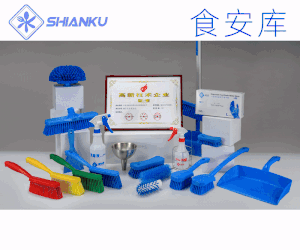食品伙伴網(wǎng)訊 2020年2月5日,應(yīng)歐盟委員會(huì)的要求,歐盟食品安全局(EFSA)營養(yǎng)、新型食品和食品過敏原小組(NDA)就蝦青素(astaxanthin)在食品補(bǔ)充劑中作為新型食品的安全性發(fā)布意見。
經(jīng)過評(píng)估,歐盟NDA小組認(rèn)為這種蝦青素的聯(lián)合暴露對(duì)成人是安全的。
部分原文報(bào)道如下:
Following a request from the European Commission, the Panel on Nutrition, Novel Foods and Food Allergens (NDA) was asked to deliver an opinion on the safety of astaxanthin when used as a novel food in food supplements at maximum levels of 8 mg/day, taking into account the overall cumulative intake of astaxanthin from all food sources. In 2014, the NDA Panel assessed the safety of the novel astaxanthin‐rich ingredient derived from microalgae Haematococcus pluvialis in the context of an application submitted under Regulation (EC) No 258/1997. In that opinion, the NDA Panel considered that the acceptable daily intake (ADI) for astaxanthin was 0.034 mg/kg body weight (bw) set by the EFSA FEEDAP Panel in 2014. In 2019, the FEEDAP Panel adopted an opinion which concerned the renewal of the authorisation of dimethyldisuccinate‐astaxanthin and a new use of the additive for crustaceans and other fish than salmonids. In that assessment, the FEEDAP Panel derived a new ADI of 0.2 mg astaxanthin/kg bw which replaced the ADI of 0.034 mg/kg bw established in 2014. By taking into account an updated exposure assessment for astaxanthin from the background diet (fish and crustaceans) in combination with 8 mg from food supplements, the NDA Panel concludes that (i) such combined exposure to astaxanthin is safe for adults, (ii) 14 to < 18 years old adolescents reach the ADI, and (iii) the ADI is exceeded by 28% in children aged 10 to < 14 years and up to 524% in infants aged 4–6 months.
本文由食品伙伴網(wǎng)食品資訊中心編輯,供網(wǎng)友參考,歡迎轉(zhuǎn)載,轉(zhuǎn)載請注明出處!有任何疑問,請聯(lián)系news@foodmate.net。
相關(guān)政策解讀











 地區(qū):
地區(qū):






 魯公網(wǎng)安備 37060202000128號(hào)
魯公網(wǎng)安備 37060202000128號(hào)



